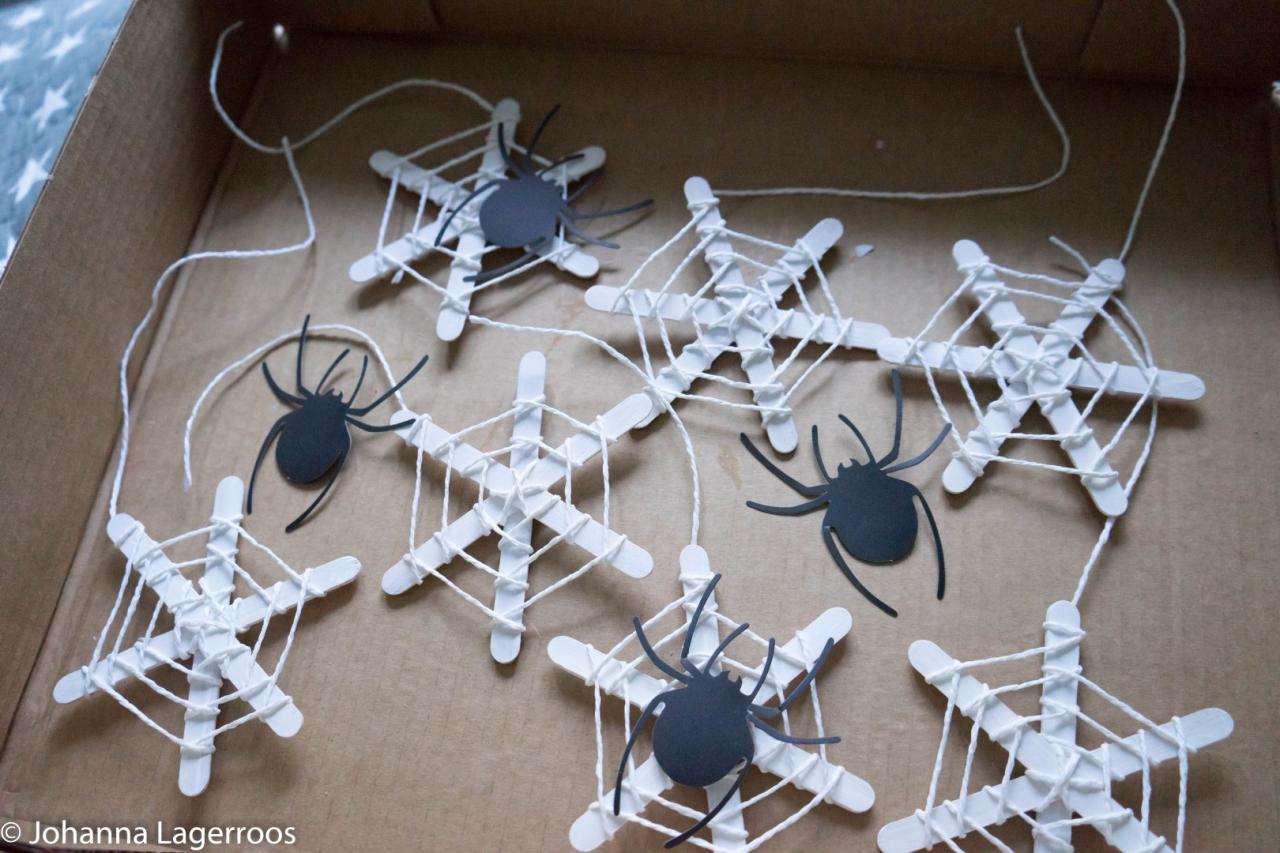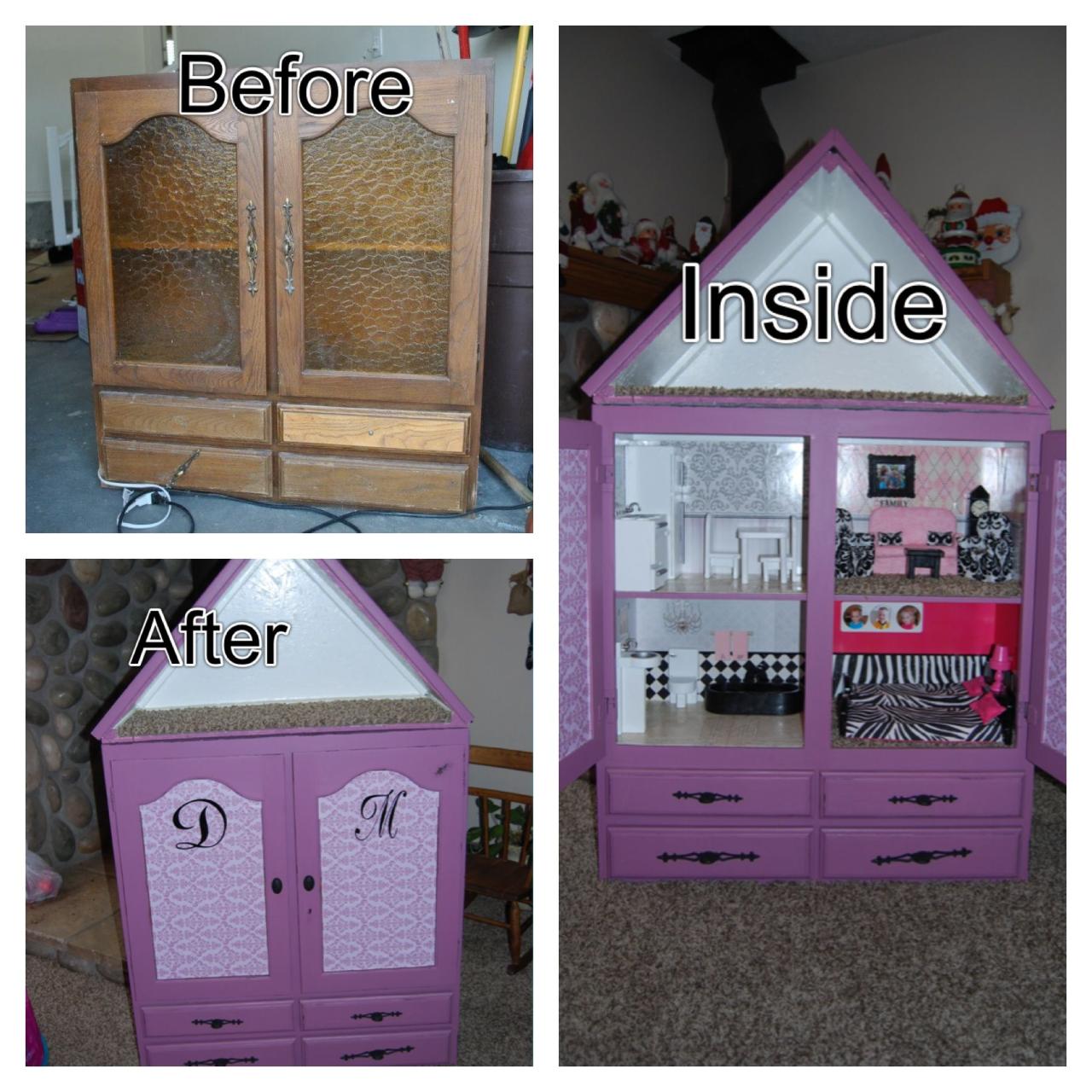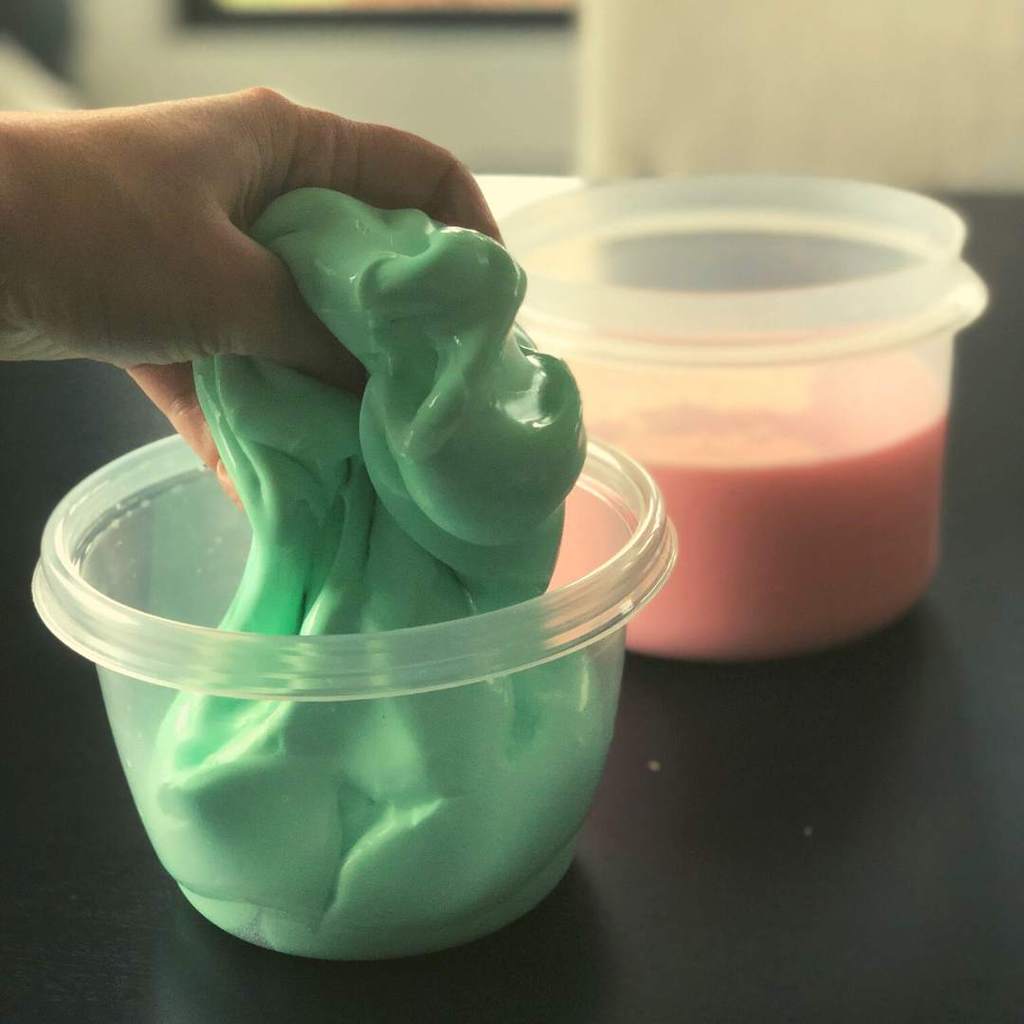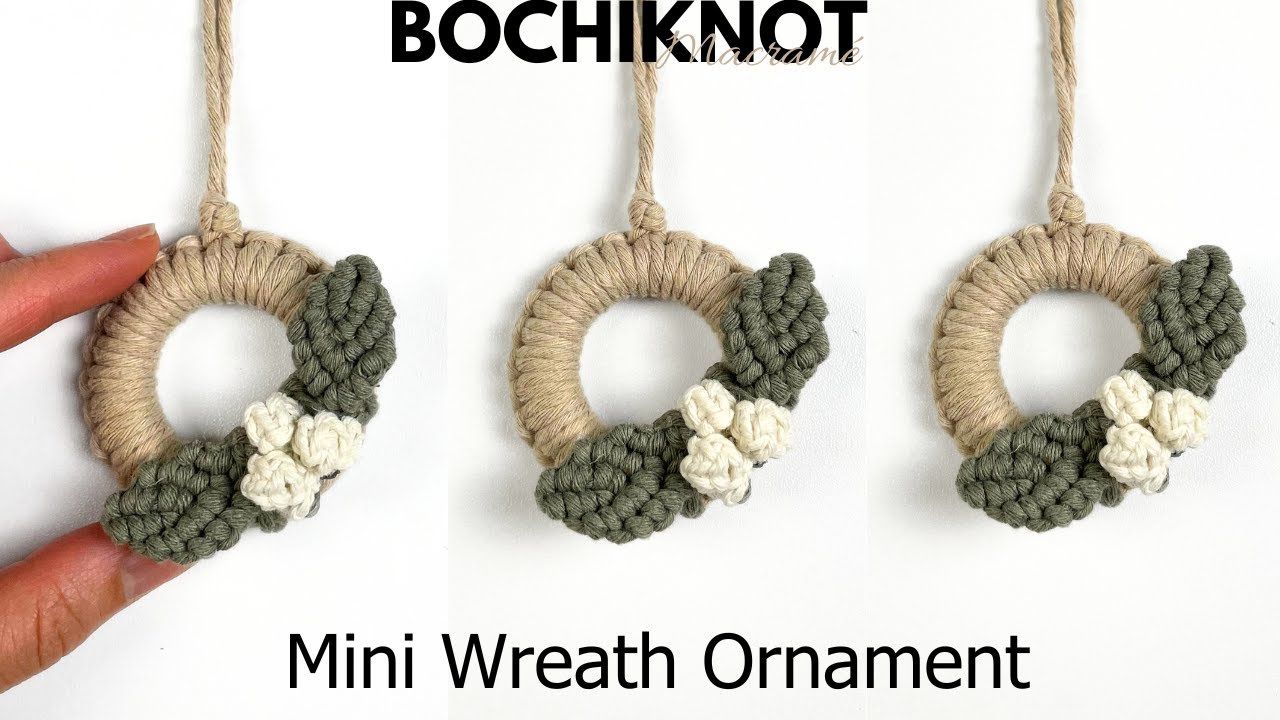Easy macrame, a captivating art form with ancient roots, invites you to create beautiful and functional pieces using simple knots. Whether you’re drawn to the calming rhythm of knotting or the allure of handcrafted home decor, macrame offers a welcoming world of creative expression.
This guide delves into the basics of macrame, offering step-by-step instructions for beginners to create stunning wall hangings, plant hangers, and more. Discover the essential knots, materials, and techniques needed to embark on your macrame journey.
Introduction to Macrame
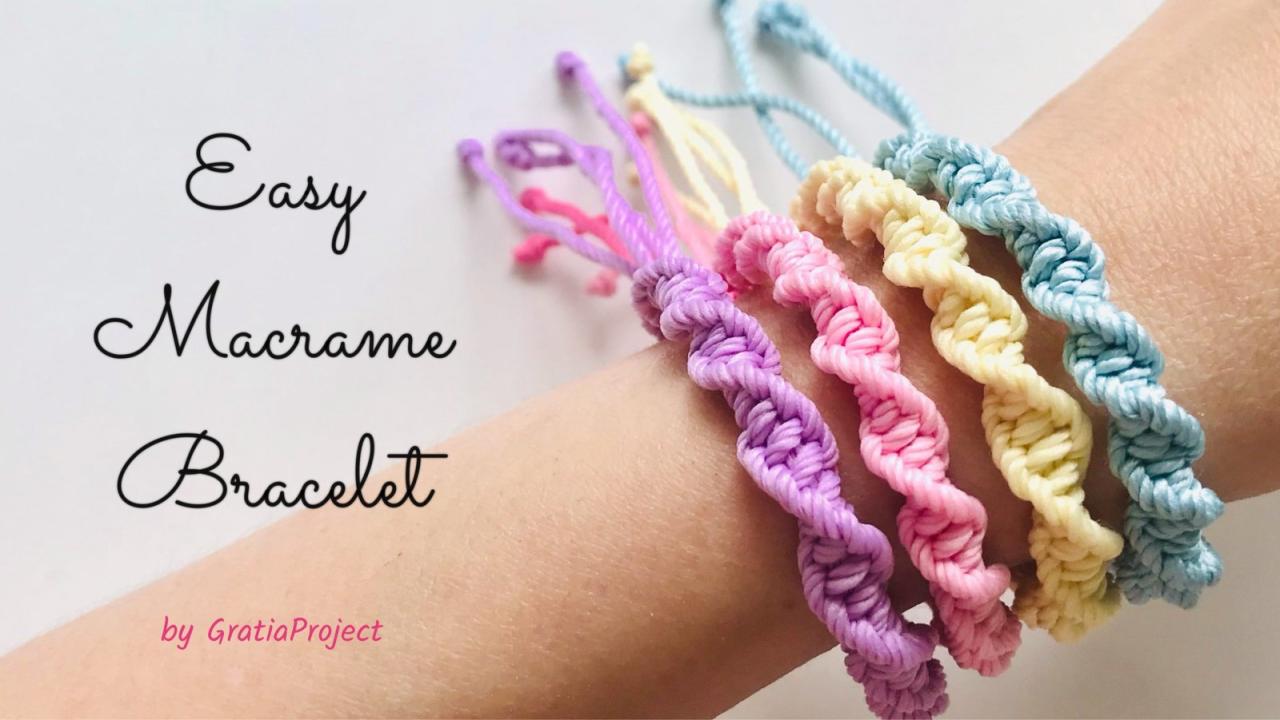
Macrame is an ancient art form that involves knotting cords or strings together to create intricate patterns and designs. It has a rich history spanning centuries and continents, with its origins traced back to the Middle East and North Africa. Macrame’s enduring popularity stems from its versatility, allowing for the creation of a wide range of decorative and functional items.
History and Origins
The origins of macrame can be traced back to the 13th century in the Middle East and North Africa, where it was initially known as “maqrama.” This term, derived from the Arabic word “‘aqad” meaning “knot,” reflects the essence of the craft. Macrame was primarily used for practical purposes, such as creating sturdy ropes, nets, and tapestries.
During the 15th century, macrame spread to Europe through trade routes, particularly along the Mediterranean Sea. It gained popularity in the 19th century, coinciding with the Victorian era, where it became a popular hobby for women. Macrame’s intricate designs and decorative potential resonated with the Victorian aesthetic, leading to its widespread adoption for creating home decor items, such as wall hangings, plant hangers, and tablecloths.
Basic Materials and Tools
Macrame requires a few basic materials and tools to get started. These include:
- Cord: The most common material used in macrame is cotton cord, which comes in a variety of thicknesses and colors. Other natural fibers, such as jute, hemp, and silk, can also be used.
- Scissors: Sharp scissors are essential for cutting the cord to the desired length and trimming the knots.
- Dowel Rod or Other Base: A dowel rod or other sturdy base is used to create the foundation for the macrame project. It provides a stable surface for attaching the cords and working on the knots.
- Beads: Beads can be incorporated into macrame designs to add visual interest and texture.
- Tape Measure: A tape measure is useful for measuring the cord length and ensuring accuracy in the knotting process.
Macrame Techniques
Macrame involves a variety of knots, each with its own unique characteristics and applications. Some common macrame techniques include:
- Square Knot: The square knot is a basic knot that forms the foundation for many macrame designs. It is created by tying two half knots in opposite directions.
- Half Hitch: The half hitch is a simple knot that is used to secure the cord to the base or to create loops. It is formed by wrapping the cord around the base or a previous knot and then passing it through the loop.
- Double Half Hitch: The double half hitch is a combination of two half hitches, creating a more secure and decorative knot.
- Clove Hitch: The clove hitch is a versatile knot that can be used to attach cords to the base or to create loops. It is formed by wrapping the cord around the base or a previous knot twice and then passing it through the loop.
Applications of Macrame, Easy macrame
Macrame’s versatility has led to its application in a wide range of projects, from home decor to fashion accessories. Here are some examples:
- Wall Hangings: Macrame wall hangings are a popular decorative element that adds texture and warmth to any space. They can be created in a variety of sizes and patterns to suit different styles.
- Plant Hangers: Macrame plant hangers are a stylish and functional way to display plants in a home. They can be made in different shapes and sizes to accommodate various plant pots.
- Jewelry: Macrame can be used to create unique and eye-catching jewelry pieces, such as necklaces, bracelets, and earrings.
- Bags and Totes: Macrame can be used to create durable and stylish bags and totes. These can be used for everyday errands or for special occasions.
- Home Decor Accessories: Macrame can be incorporated into various home decor accessories, such as table runners, coasters, and lampshades.
Closure: Easy Macrame
From mastering basic knots to exploring intricate patterns, macrame provides endless possibilities for creativity and self-expression. Embrace the therapeutic nature of knotting, and let your imagination guide you as you transform simple cords into works of art.
Easy macrame projects are a great way to add a touch of handmade charm to your home. You can create beautiful wall hangings, plant hangers, and even festive decorations like ornaments. If you’re looking for a unique and eco-friendly way to create a Christmas tree, consider building a pallet Christmas tree.
Once you’ve got your tree, you can adorn it with macrame ornaments for a truly personalized touch. Macrame’s versatility allows you to create projects for any occasion, making it a rewarding and enjoyable craft.

